Make your own agility dog tire jump!
Like most agility equipment, it’s not that difficult, takes only a few hours to make, and can cost you surprisingly little.
The materials I used to make the one shown at left included cardboard, foam scraps, and an old plastic tablecloth. I added colored tape for decoration.
The frame was made out of PVC pipe, while bungee cords hold up the tire jump.
Things to Keep in MindThe inside diameter of the tire is the most important thing to determine. No sense in making a agility dog tire jump too small for your dog to fit through! Despite the laughs it could provide, it could scare him or her from ever wanting to try it again.
Common competition sizes appear to be 19, 20 and 24 inches in the United States. Check with event organizers about standards for building agility equipment for competitions your dog may be entering.
FOR THE TIRE:
FOR THE FRAME:
The aim is to end up with a circular cardboard frame 2.5″ (65 mm) wide. The foam and tape to cover the cardboard will be a little wider than the cardboard, as shown at right, so you want to add a little extra distance to the inside as described below.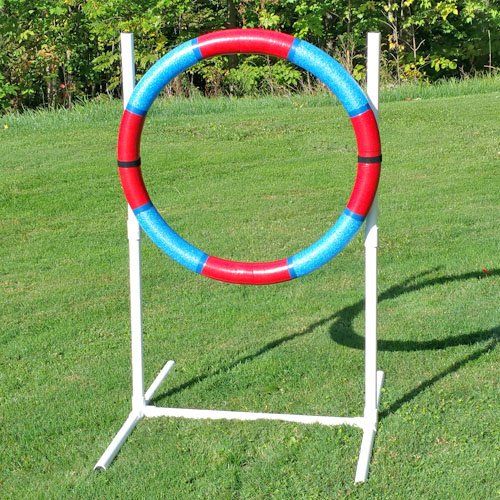
Unless you have a large enough box, you may need to do the circle in sections. For extra strength, use overlapping sections.
I used a radius of 10″ for the frame to end up with a 19″ inside diameter for the agility dog tire jump. (See The Math below).
**************************
The Math: (19/2 = 9.5″) and (9. 5″ + 0.5″ = 10.0″) – the 0.5″ allows for the foam to fully cover the cardboard towards the tire inside.
5″ + 0.5″ = 10.0″) – the 0.5″ allows for the foam to fully cover the cardboard towards the tire inside.
**************************
Repeat the above steps until you have all the sections needed.Finally,
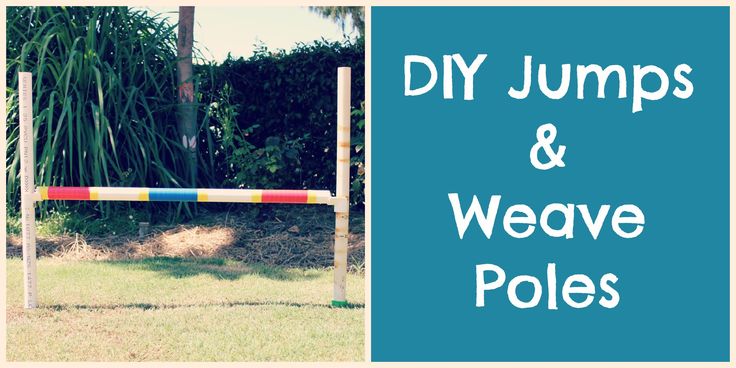
CUTTING THE PVC PIPE:
Cut the pipe or have it cut as follows:
FOR A 19 OR 20 INCH INSIDE DIAMETER TIRE:
FOR A 24 INCH INSIDE DIAMETER TIRE:
ASSEMBLING THE PIPE INTO A FRAME:

ATTACHING THE TIRE TO THE FRAME:
Ta da, you’re done! For training your dog to use the jump, see the section below.
Now that you’ve got your tire made, you may need to provide some training. Comet didn’t realize what the DIY agility dog tire jump was for at first, but he got the point (with the help of a few pieces of cheese…)
Here’s a youtube video that shows how you can gradually get him or her used to the agility dog tire jump using treats. You could also use your dog’s favorite toy as a reward instead.
You could also use your dog’s favorite toy as a reward instead.
Previously, I built an Agility Bar Jump.
Next on the list of Do-It-Yourself Dog Agility Equipment is the Tire Jump.
There are a couple different plans for the tire jump. I sorted through all of them and tried to weigh the pros and cons of each.
The Tire
An AKC competition tire jump should have an opening diameter of 24" and the wall should be 3-8 inches thick. The most popular material for a do-it-yourself tire is drainage pipe. This is lightweight so if a dog knocks his feet against it, it will not injure him. It's also easily shaped and commonly duct taped together. (More about duct-tape at the end).
The Frame
As I mentioned above, there are many different styles of Tire Jumps. I will show you what I found and then discuss what I chose.
This is what a competition tire jump looks like and retails for upwards of $130:
Courtesy AffordableAgility.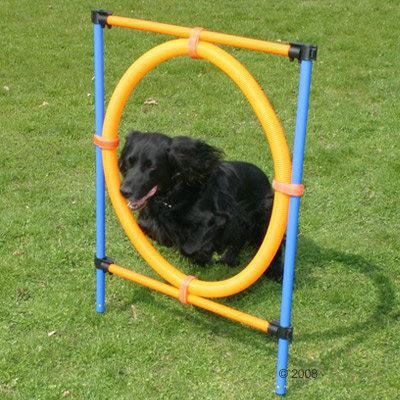 com com |
It looks more complicated than it is. The wires allow you to adjust the tire height. The tire should be almost to the ground, regardless of dog height, when introducing this equipment to your dog. Gradually go up to full height (which is measured from the ground to the bottom of the tire opening).
I found several instruction pages similar to this style:
These directions are fairly simple:
| Finished product from dogplay.com |
This instruction page is pretty popular. Not being mechanically inclined I found it to be confusing.
| Finished product from Campbandy.com |
The final instruction page is from a message board, but had the instructions I liked the best.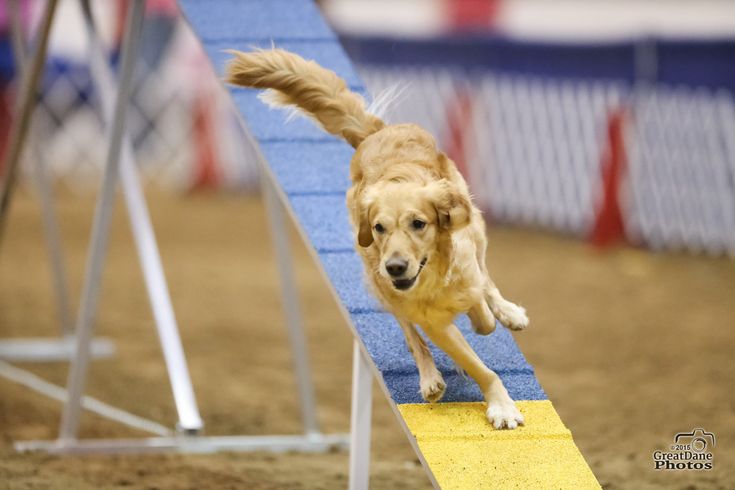
| Finished product from dogden.proboards.com |
The next style of Tire Jump is much simpler. It does not involve hanging wires, just a frame and attaching the tire in whatever way is convenient, often bungee cords or duct tape if your tire will be in a fixed position.
These instructions are just for the frame. You would attach the tire inside the rectangle.
| Finished product from caninecrib.com |
These instructions attach the tire with bungee cords. It's not hanging from wires.
I wouldn't go through the trouble of building the tire like they did, but if you use drainage pipe, your dimensions for the PVC frame may be different than theirs.
Finished product from make-and-build-dog-stuff. com com |
Since we are building our own equipment, it's all much cheaper than store bought. We could build a very affordable competition style jump. It's best if your dog uses equipment that looks like what he will be competing on.
However, Buster and I do not have a fenced in backyard of our own. A friend here in Greensboro has offered to let us use her yard and we will also be using my parent's yard 45 minutes away in Clemmons. Therefore our equipment has to be lightweight and easy to transport.
After much thought, we settled on this style, which is not competition style but will allow us to travel with it.
| $75 from AffordableAgility.com |
With a little experience under my belt building an Agility Jump I was able to eyeball this and see how simple it is.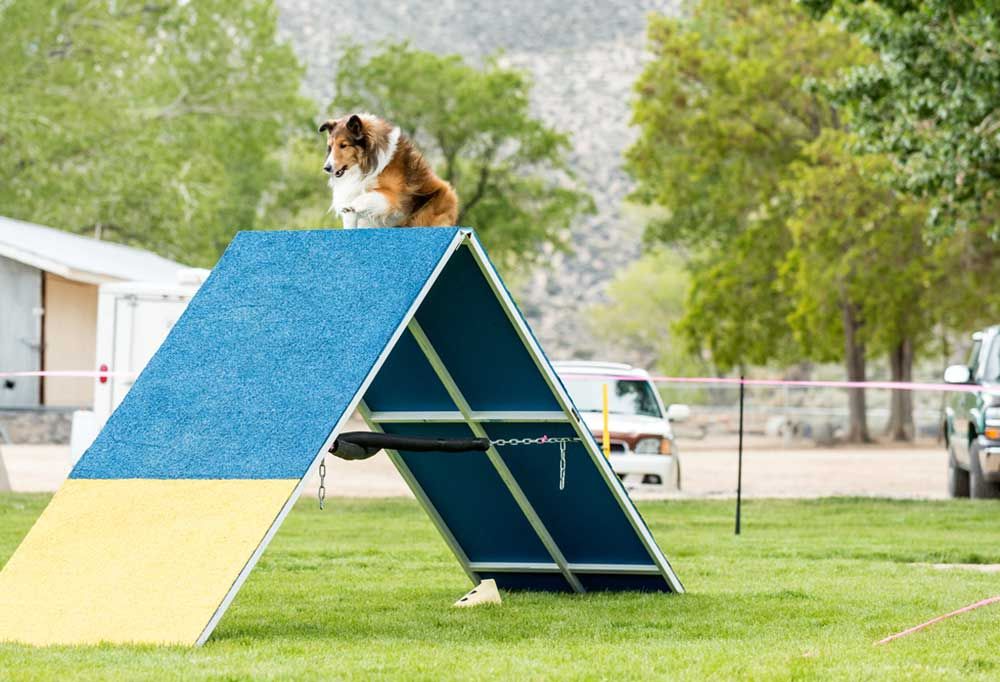 It retails for $75 at Affordable Agility.
It retails for $75 at Affordable Agility.
Here is how simple it is:
| I have awesome MS Paint skills |
1 inch PVC pipe in the follow lengths:
four 15" pipes
two 50" pipes
one 30" pipe
6 1-inch cap ends
two-four bungees (or another way to secure 'tire' to pipe)
2 4-way tees*
8-feet of 4-inch diameter drainage pipe
*Note: The 4-way tees can be difficult to find. I bought them online from home depot and had them shipped to the store for free. Two 4-way tees with tax and free shipping cost me $4.93. (They come in different sizes. Be sure you order the same size as your PVC pipes)
The 15" pipes are the feet, the 30" pipe is the bottom cross bar, and the two 50" bars are the vertical bars you attach the tire to.
Attach your tire between the two 50" PVC pipes with bungee cord. The tire height can be adjusted by just sliding it up and down the poles.
The tire height can be adjusted by just sliding it up and down the poles.
Price
2 10' 1"diameter PVC pipes $6.80
6 1" PVC caps $3.96
8' Flex Drainage Pipe $5.78
2 4-way tees $4.93
8-pack of Bungees $2.47
Total price $19.40
(The blue and yellow duct tape was $3.57 each, but I didn't apply it to this project's cost because the duct tape is being used on several pieces of equipment.) *see below about colors*
As you can see in my finished pics, the tire is not perfectly round, but it's pretty darn close. It was very difficult to get it rounded and stay within the 24" diameter guideline all around. If you have better luck with a perfect drainage pipe circle, comment with your secret.
| Undecorated |
| Decorated (with Buster in the center) |
Tire Jump In Action
Here's a video of Buster using both his (as yet undecorated) tire jump and bar jump in a sequence.
Decorating your Tire Jump
(the duct tape info I mentioned earlier)
Dogs can see colors. But whereas we have 3 cones (red, blue and yellow) and can see the whole rainbow, dogs only have two (blue and yellow) and can only see those shades and some brownish and gray.
| Human color spectrum |
| Dog color spectrum |
When decorating any of your equipment, you want it to stand out and be visible. This is why so much dog agility equipment is blue and yellow. And these are the colors I use for all my equipment.
More about dog's color vision in the sport of agility here.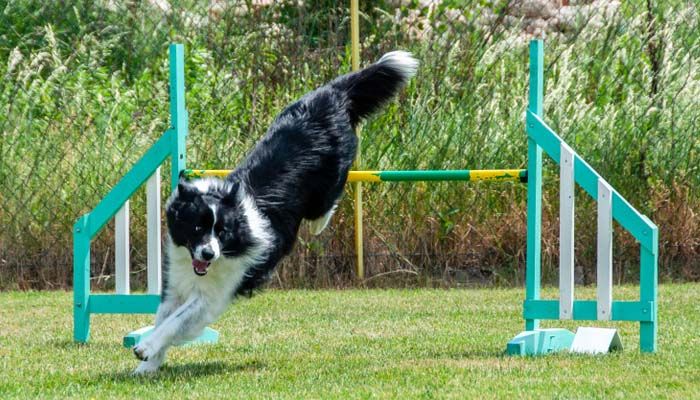
Share
One of the important skills required for a dog is overcoming obstacles. The development of this skill not only helps to keep the dog in excellent physical shape, but also disciplines him.
Having reached the age of three months, the puppy is ready for training. Training must be done daily. Before class, you need to think about the place where it will take place. In the process of training, you should always remember about the safety of the dog, which is especially important at the initial stage of training. To execute the command "Barrier!" it is necessary to prepare a dry, non-slip surface for the puppy to avoid injury. nine0003
Before training, be sure to prepare your pet's favorite treat to reward him for the successful execution of the command. Forcing the dog to immediately take high barriers is not worth it, as this can be overwhelming for him.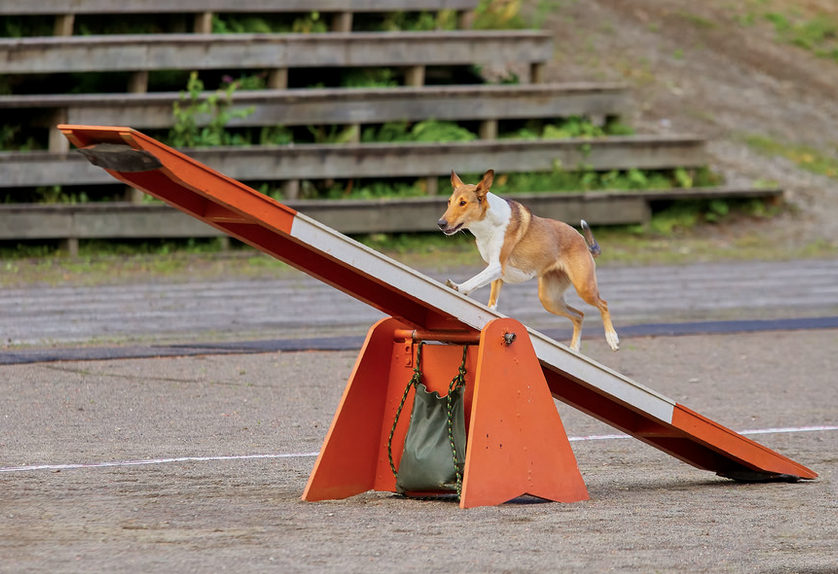 It is necessary to increase the height of the barrier gradually, moving to higher barriers only after the dog easily takes the previous ones. In striving for a certain result of training, you need to take into account the breed of the dog. Muscular, powerful, but medium-sized dogs overcome even the highest obstacles much easier than massive and loose ones. Therefore, it is not necessary to force the St. Bernard to strive for the achievements of the Greyhound. nine0003
It is necessary to increase the height of the barrier gradually, moving to higher barriers only after the dog easily takes the previous ones. In striving for a certain result of training, you need to take into account the breed of the dog. Muscular, powerful, but medium-sized dogs overcome even the highest obstacles much easier than massive and loose ones. Therefore, it is not necessary to force the St. Bernard to strive for the achievements of the Greyhound. nine0003
Dogs use different techniques to overcome obstacles of different heights. So, a dog jumps over a low barrier with all four paws at once, as if flying over it. And in order to overcome a high deaf barrier, the dog scatters, jumps on it, clings to it with its front paws and only then pulls up its hind legs, after which it jumps down. In the process of learning to overcome obstacles, it is necessary to insure the dog from falls at first.
The puppy should be trained, starting with low narrow obstacles, 10-15 cm high.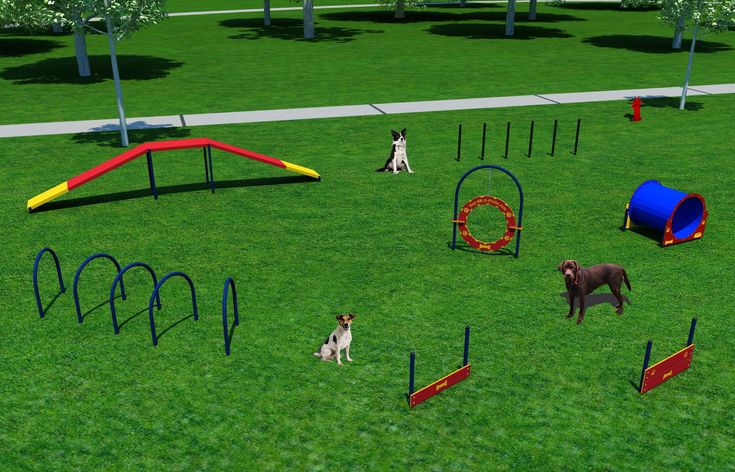 It is better if the owner runs with the dog and, as if by chance, overcomes small obstacles with it. Immediately before the jump, you need to clearly pronounce the command: “Barrier!”. Even if the puppy has already jumped over an obstacle, it is necessary to give a command even after that. If the puppy does not want to jump over, it must be guided with a leash. This should be done not aggressively, it is undesirable to try to forcefully drag the dog over the barrier. This will only cause more reluctance on her part and delay the learning process. It is necessary to bypass the obstacle, call the dog and pull the leash towards you. It is also worth slapping the barrier with your hand, clearly pronouncing the command. nine0003
It is better if the owner runs with the dog and, as if by chance, overcomes small obstacles with it. Immediately before the jump, you need to clearly pronounce the command: “Barrier!”. Even if the puppy has already jumped over an obstacle, it is necessary to give a command even after that. If the puppy does not want to jump over, it must be guided with a leash. This should be done not aggressively, it is undesirable to try to forcefully drag the dog over the barrier. This will only cause more reluctance on her part and delay the learning process. It is necessary to bypass the obstacle, call the dog and pull the leash towards you. It is also worth slapping the barrier with your hand, clearly pronouncing the command. nine0003
If the dog knows the command "Fetch!", you can throw a stick or a favorite object over the barrier. When the dog overcomes the obstacle, he must be praised and treated with his favorite treat. Barrier exercises should be performed 3-4 times per workout. As soon as the dog understands the technique of executing the command, it will be able to overcome the obstacle without the help of the owner.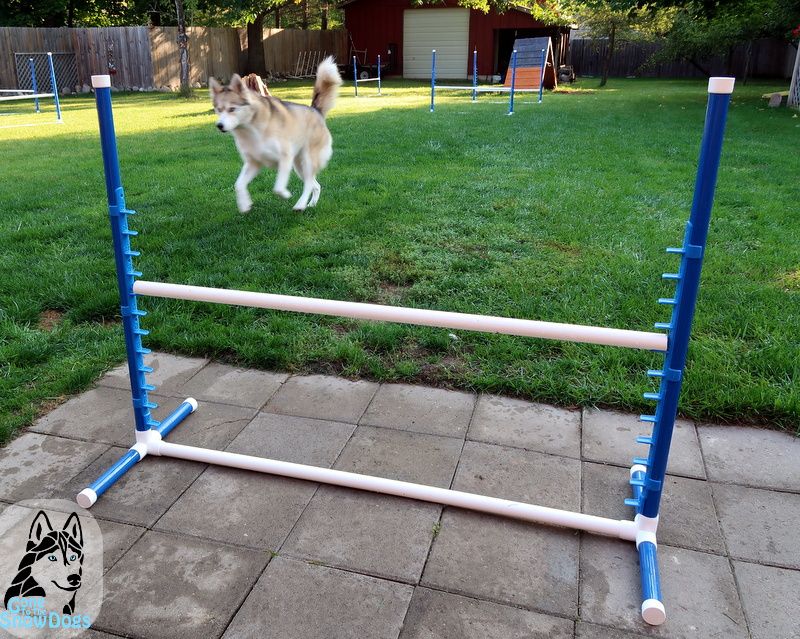
From the age of 6-8 months, a dog that has mastered small obstacles can be trained to overcome high blind barriers. It is necessary to bring the dog to the barrier and, having patted on it, give the command. At the same time, you need to help the dog catch on the obstacle with its front paws and slightly push. This exercise should be performed 2 times per workout. nine0005
To develop agility and speed in a dog, such a sport for dogs as agility will help. It represents the fastest possible passage of the track with overcoming various obstacles - booms, slides, swings, artificial barriers and tires. These elements are equipped with special training grounds. However, for training, you can use everything that comes across the street - fences, benches, stairs, etc. One of the obstacles used in agility is boom. nine0003
This is a beam on posts, along the edges of which a gangway is fixed. It is worth starting classes on a wide flat boom no more than half a meter high with a gentle descent.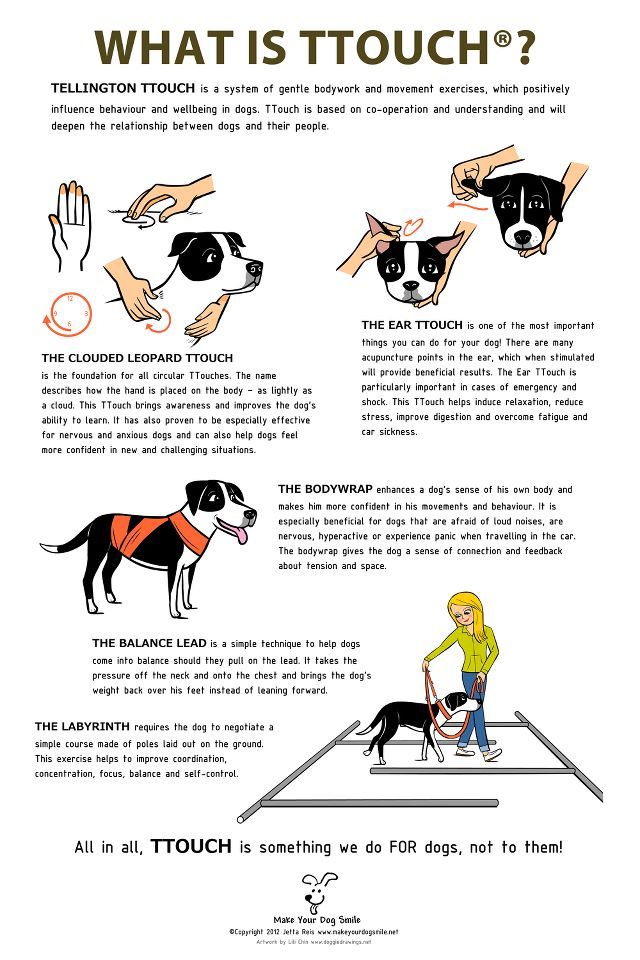 On a narrow boom, the dog must be supported under the belly, holding tightly by the collar so that it does not fall. Because if this happens, then the dog will remember the pain sensations for a long time and will not be able to practice further. Each exercise performed should be rewarded with praise from the trainer and a treat.
On a narrow boom, the dog must be supported under the belly, holding tightly by the collar so that it does not fall. Because if this happens, then the dog will remember the pain sensations for a long time and will not be able to practice further. Each exercise performed should be rewarded with praise from the trainer and a treat.
If the dog is healthy, then climbing stairs will not be a difficult task for him. And when descending the stairs, the owner should be slightly ahead of the dog in order to prevent its fall if necessary. When the dog descends, it must be praised. Subsequently, the dog will learn to climb and descend on its own. nine0005
In order for the dog to overcome a low obstacle, it needs to be given the command “Crawl!”. The dog must be laid down with a treat ready. The trainer's left hand should rest on the withers of the dog so that it does not stand up. The right hand with a tasty piece for the dog should be extended forward.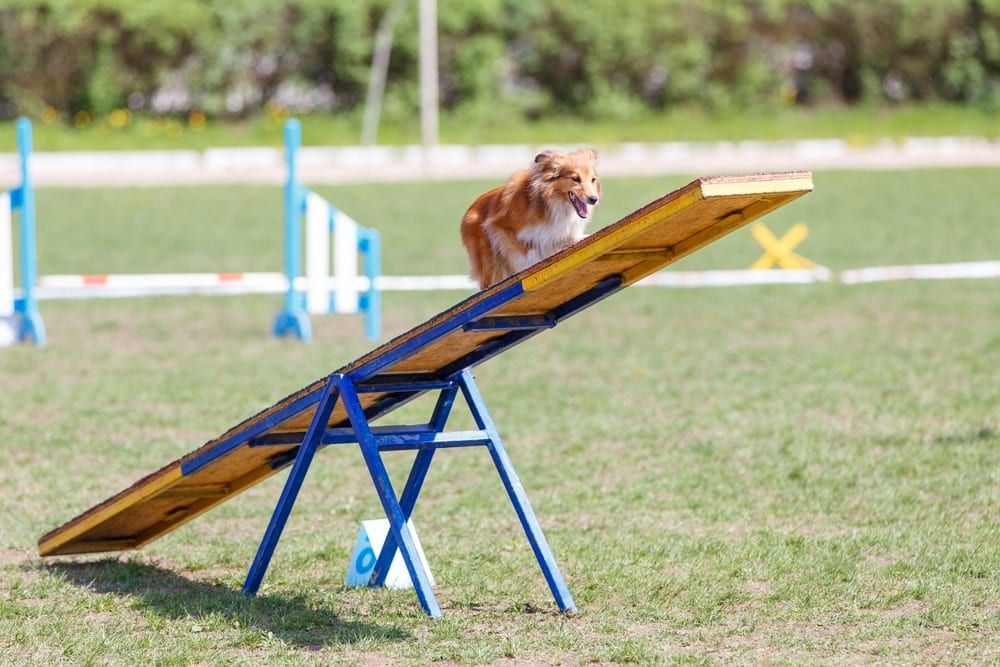 Having commanded "Crawl!", You need to push the dog forward. Of course, the dog will try to get up, but the hand of the trainer, lying on the withers, will not let her do it. The dog will crawl towards the food. After she reaches the goal, she should be praised. You can replace the treat with your favorite toy. nine0003
Having commanded "Crawl!", You need to push the dog forward. Of course, the dog will try to get up, but the hand of the trainer, lying on the withers, will not let her do it. The dog will crawl towards the food. After she reaches the goal, she should be praised. You can replace the treat with your favorite toy. nine0003
When the dog has acquired the ability to crawl to the trainer's arm's length, it is necessary to develop crawling to a longer distance. To do this, you need to put a treat from the dog 2-3 meters away. Holding the dog, you should help him crawl to the food, which you need to pick up and feed the dog from your hand.
If the dog does not want to crawl and immediately rolls over onto its back, the trainer can place it between his legs, preventing it from rolling over and give the command “Crawl!”. In this case, the dog must be held by the collar, pushing it forward. The dog should be praised even for modest attempts to crawl.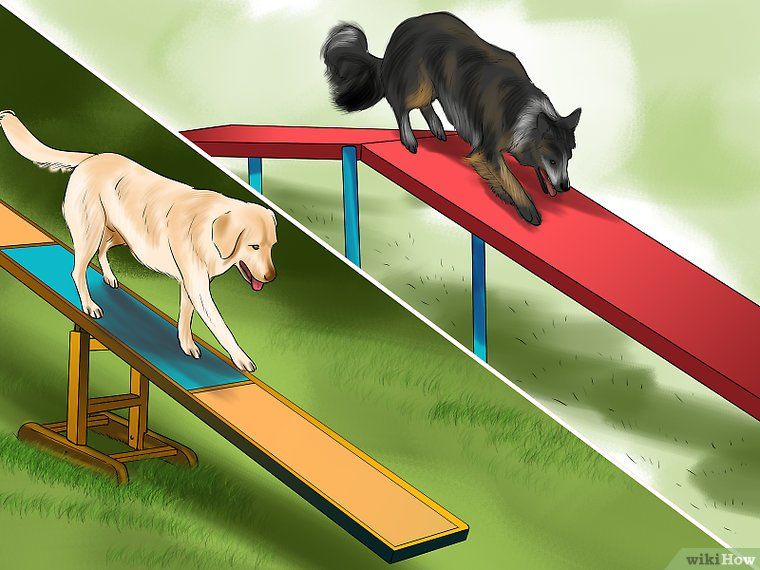 nine0003
nine0003
A dog can learn any skill it is taught. The main thing is not to increase the load at a rapid pace, not to rush the animal, but gradually and persistently train it, achieving excellent results.
Agility training is a fun way to develop your dog's body and mind and strengthen the bond between you and your pet. It also helps breeds prone to hip problems improve their strength and endurance. The pole jump is a basic agility exercise that you can teach your dog at home. By using positive reinforcement, consistent training, and gradual jump height changes, you can easily train your dog to jump in no time. nine0003
Can you open a car door with a tennis ball?
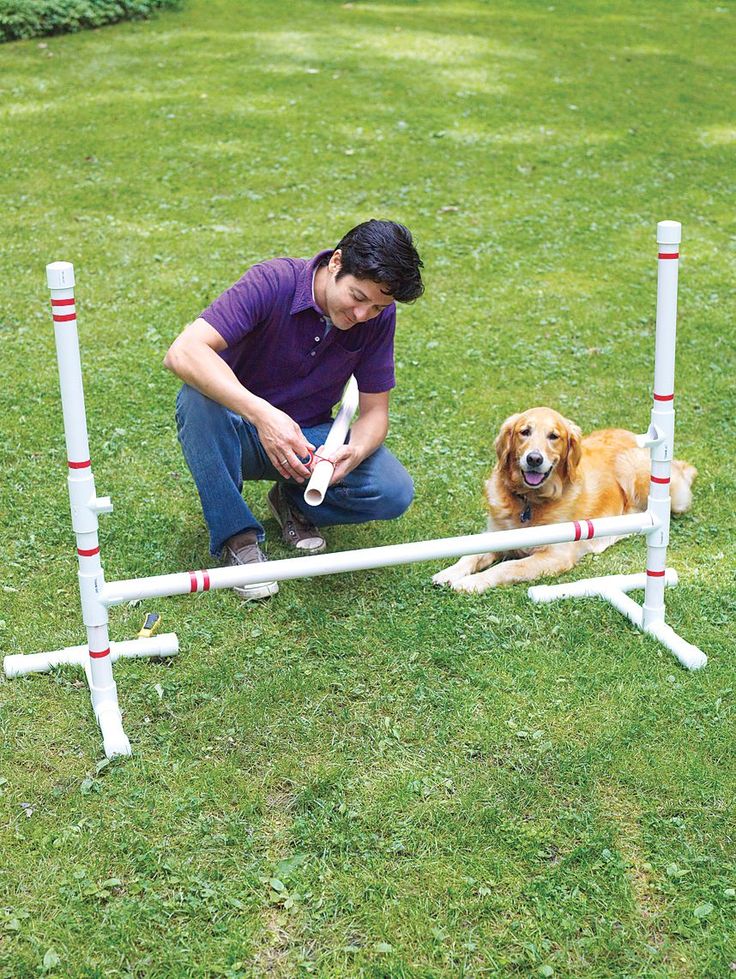 It is easier for puppies and young dogs to damage developing bones and muscles while jumping. Wait until your dog is fully grown and ask your veterinarian if he thinks it is appropriate to start training. nine0066
It is easier for puppies and young dogs to damage developing bones and muscles while jumping. Wait until your dog is fully grown and ask your veterinarian if he thinks it is appropriate to start training. nine0066 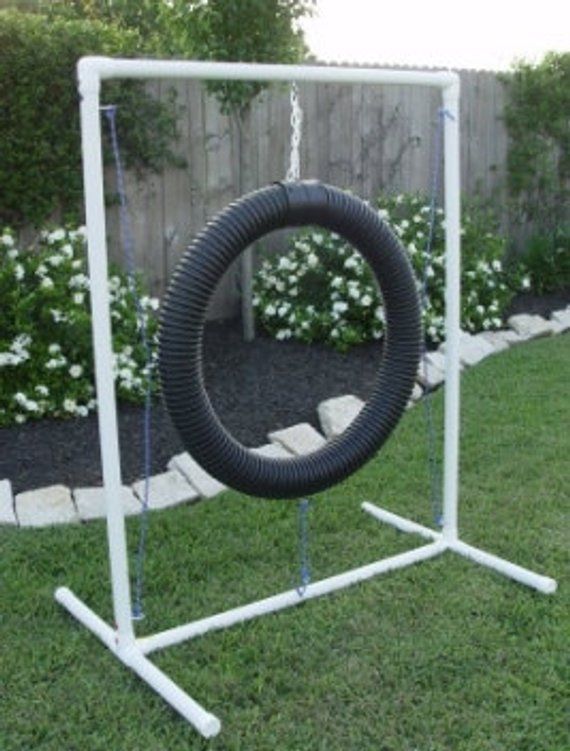 nine0068
nine0068 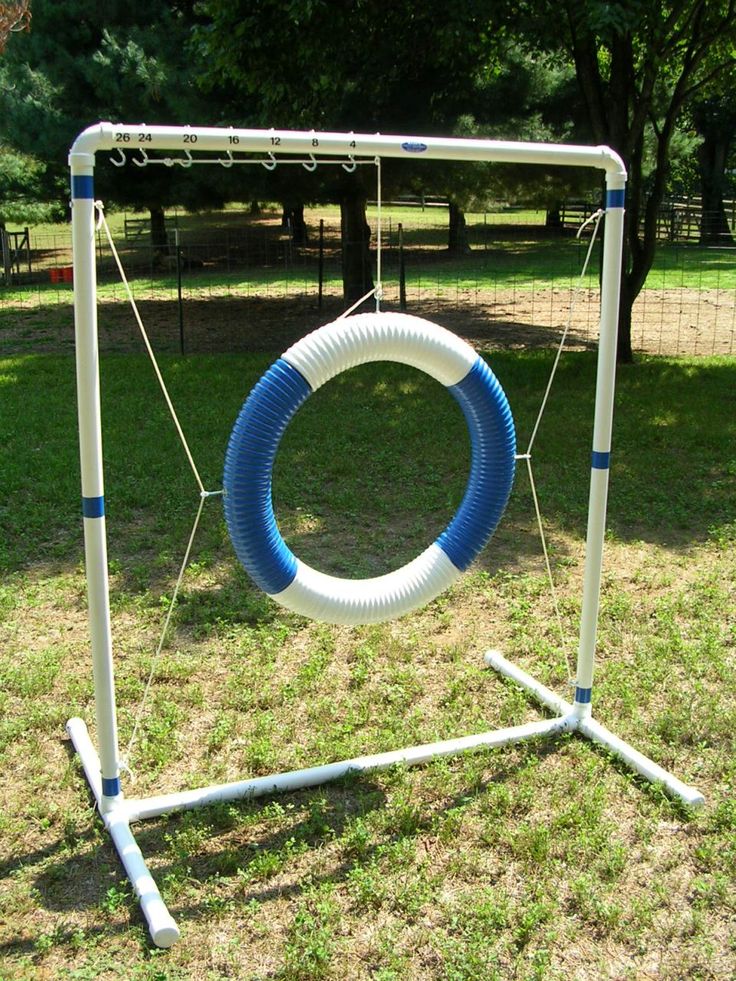 Place the pole on the bottom rung or directly on the ground. Keeping the dog on a leash, lead the dog to the jumping pole and let him cross it. Say your command word when he is walking, not jumping over the pole. Move the dog several times and keep repeating the command word. This will help the dog get used to the pole and the command word. Reward your dog with praise or treats.
Place the pole on the bottom rung or directly on the ground. Keeping the dog on a leash, lead the dog to the jumping pole and let him cross it. Say your command word when he is walking, not jumping over the pole. Move the dog several times and keep repeating the command word. This will help the dog get used to the pole and the command word. Reward your dog with praise or treats. 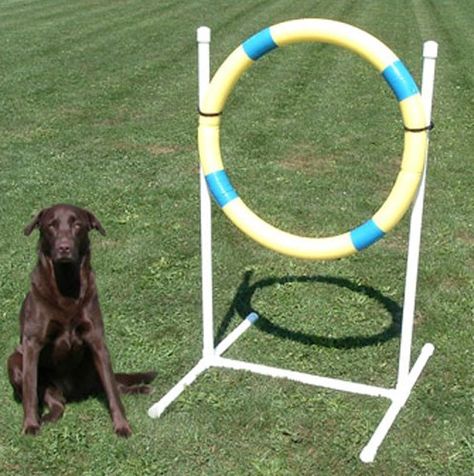 Show the dog the treat and lead him to the pole. As you approach, say the command word. After the dog jumps over, reward him with praise and treats. nine0068
Show the dog the treat and lead him to the pole. As you approach, say the command word. After the dog jumps over, reward him with praise and treats. nine0068  Be sure to use the command word for each jump so that your dog knows that the command word is for each obstacle they have to jump over.
Be sure to use the command word for each jump so that your dog knows that the command word is for each obstacle they have to jump over. 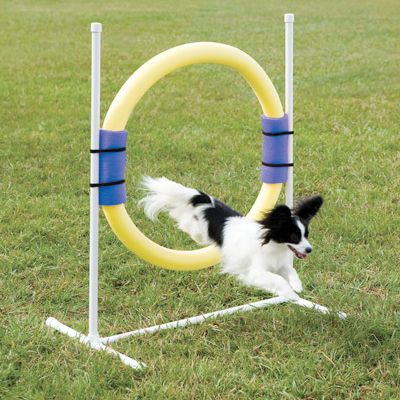 nine0068 Advertisement
nine0068 Advertisement 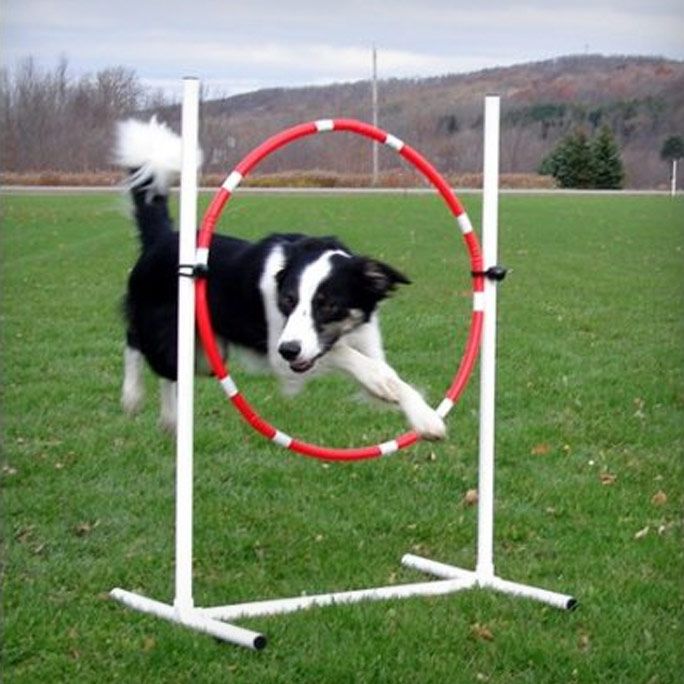 If there is a delay, your dog may not realize that he is being rewarded for completing the jump.
If there is a delay, your dog may not realize that he is being rewarded for completing the jump. 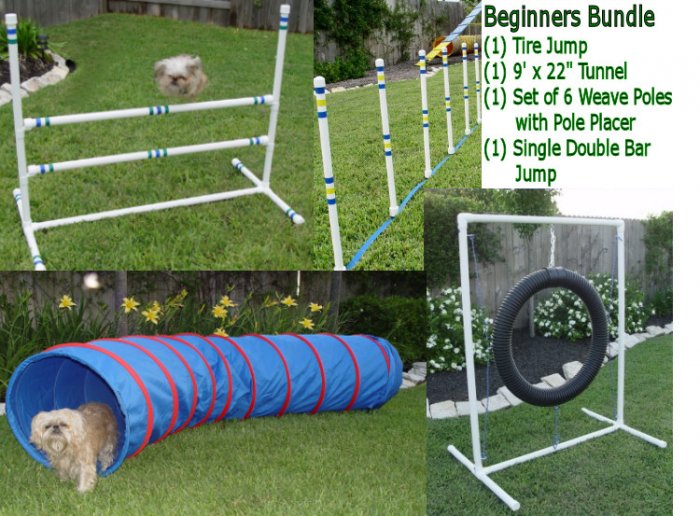 At the end of this routine, you can offer a treat and praise.
At the end of this routine, you can offer a treat and praise. 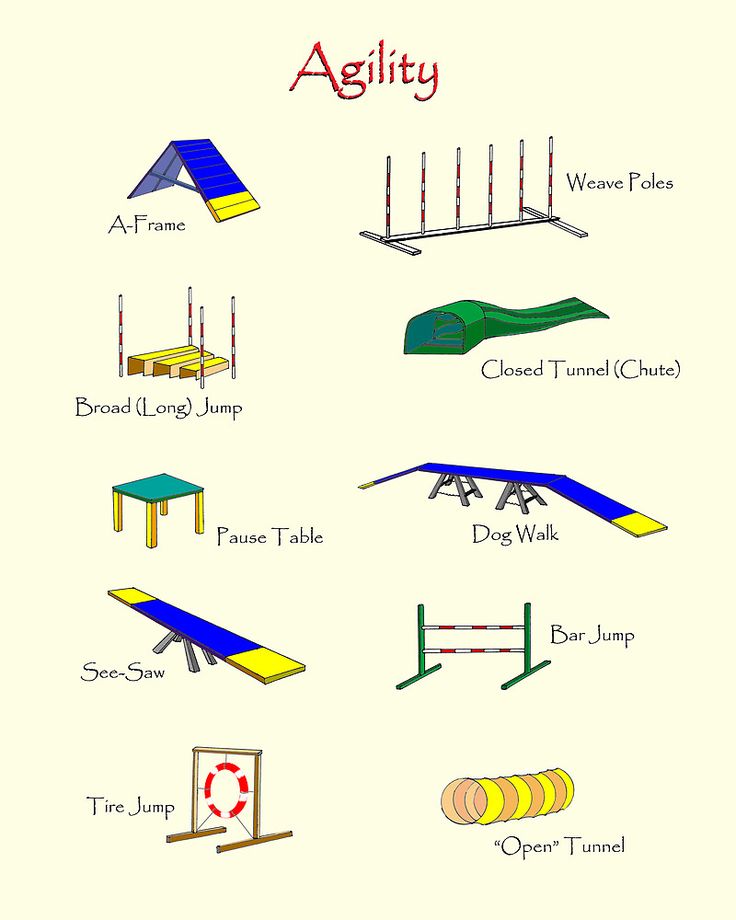 Find a local dog trainer in your area to see if they offer jumping and other agility training. These classes offer a great introduction to agility training and can help improve your dog's abilities in a short period of time. Classes typically have 6 to 10 owners and their pets, allowing the trainer to focus on each dog's abilities, skills, and areas to improve. nine0066
Find a local dog trainer in your area to see if they offer jumping and other agility training. These classes offer a great introduction to agility training and can help improve your dog's abilities in a short period of time. Classes typically have 6 to 10 owners and their pets, allowing the trainer to focus on each dog's abilities, skills, and areas to improve. nine0066 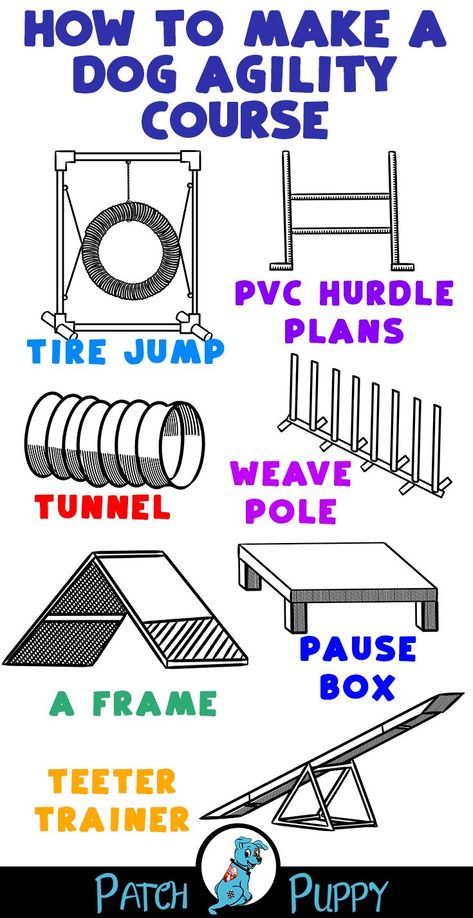 nine0066
nine0066 Search Add New Question
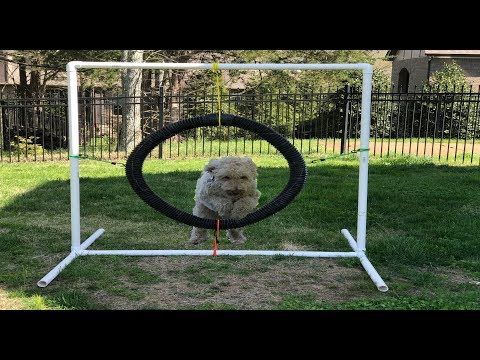 nine0068
nine0068 Ask a question 200 characters remaining Please include your email address to receive an email when this question is answered. Place
Advertisement
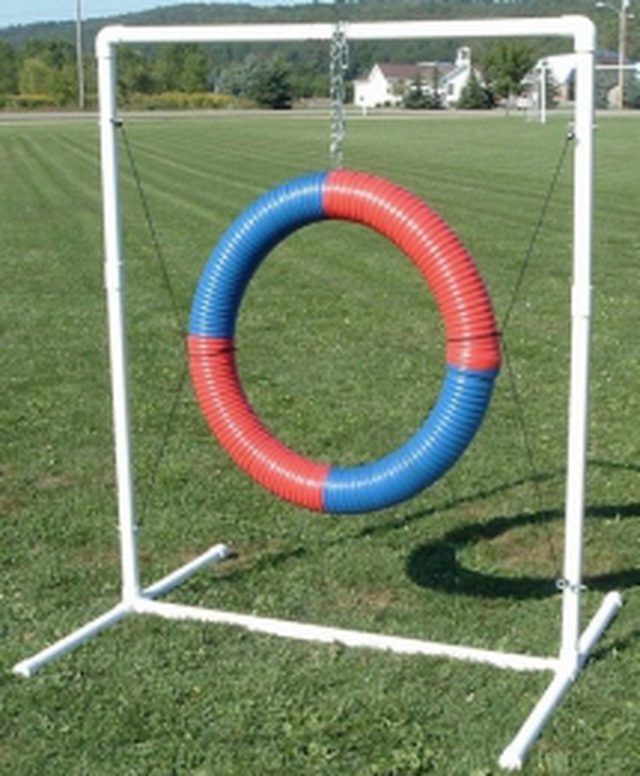 If your dog seems tired, take a break or start again the next day.
If your dog seems tired, take a break or start again the next day. Advertisement
Every day at Wikihow, we work hard to give you access to instructions and information to help you live a better life, whether it's to keep you safe, healthy, or improve your well-being. With the current public health and economic crises in which the world is changing dramatically and we are all learning and adapting to changes in our daily lives, people need wikiHow more than ever. Your support helps wikiHow create more detailed illustrated articles and videos and share our trusted brand of educational content with millions of people around the world. Please consider contributing to wikiHow today. nine0003
Here is an article that analyzes the similarities between Nick Kyrgios and Felix Auger-Aliassime's playing style.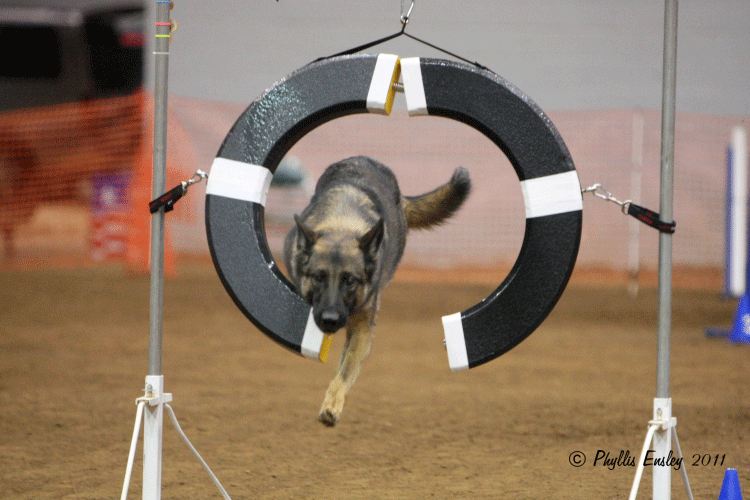
nine0272 Tennis
Dominic Thiem received a wildcard for the 2021 European Open Hamburg, an ATP 500 event due to start on 12 July.
nine0278 Andy Murray leads Great Britain to the 2015 Davis Cup
This win is Britain's first Davis Cup victory since Fred Perry lifted the Davis Cup for his country in 1936.
With the desire to stick to your training regimen and potentially change your dietary behavior, you can move towards your goal of getting slender arms.